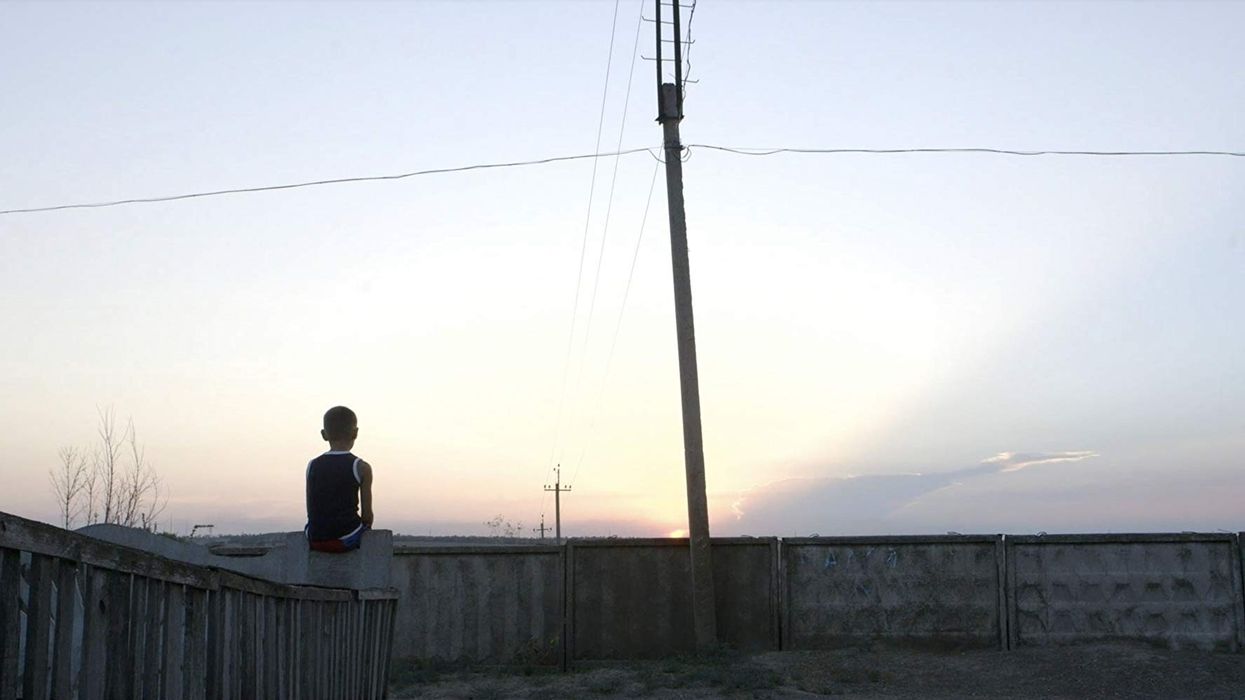What to Look (and Hear) For When Crafting Your Sound Design
It turns out that film isn't just a visual medium, after all.

At this year's Sheffield Doc/Fest, filmmakers Rana Eid (director and sound designer on Panoptic) and Peter Albrechtsen (sound designer on The Distant Barking of Dogs) discussed the art and craft of sound design on the Craft Summit panel, Sound Design: The Art of Noise, moderated by Krishan Arora and presented by Documentary Campus.
Rather than thinking about sound design as a separate step in the making of their films, both Eid and Albrechtsen like to start the process early, during the scriptwriting for fiction and early in the edit for docs. “It’s about creating the identity of the movie, the other dimension brought from the image and from the script,” said Eid.
The importance of sound is personal for Eid. Born in 1976 during the war in Lebanon, she was raised during a traumatic time and used sound as a way to get through the experience. As young as six years old, Eid recorded sounds in the bomb shelters. She realizes now it was so she could play it back and know that she was alive.
For this reason, the making of her film, Panoptic, was therapeutic, and the sound came before the images; she did the first layer of sound design before she did the editing. “I wanted to feel the rhythm of the film before [seeing the picture], and get the rhythm and feeling of the locations,” she shared.
Albrechtsen considers sound a powerful storyteller in-and-of itself and credits it with creating the emotional impact of a film. He also believes that it's the finely tuned sound design which has boosted the success of Danish documentaries in recent years, providing them with an edge.
“It’s about the atmosphere and the poetry,” Albrechtsen said, having observed that contemporary Danish directors “respect the cinematic language,” using “visuals, sounds, and music to enhance the stories.”
“The sound is not following the image; it’s telling things on its own.”— Rana Eid
What is the role of a sound designer and what is their creative goal? For Eid, sound design is a collaboration with the directors that is about “writing a story itself.” She believes “the sound is not following the image; it’s telling things on its own.” By beginning to work with the director on sound during the scriptwriting process, Eid is co-creating the nuances of the story.
To break it down for the lay-person with no sound experience, Albrechtsen compares sound design to the visual side of film. “It’s like the set designer designing sets and props and how should this film look, and in the mixing and then the photographer coming and finding out, 'ok, which parts should we focus on.'”
In a similar way, the sound helps direct the audience to what is important by enhancing the focus of the story. When working with director Simon Lereng Wilmont on The Distant Barking of Dogs, they built up the sound by recording the sounds of the different weapons that were part of their film. “Simon knew exactly the sound when a grenade was shot from the opposite side how it sounded if it hit close or far," Albrechtsen recalled, "and every bomb sound was planned out and we made a map of a sequence like this for the bomb sounds, how much delay, how close it was, etc. It was immensely important that it felt real."
While the sounds the audience hear are of the actual weapons in the film, they were not recorded at the time of filming; they were able to record this without it being dangerous for the crew. Those who are concerned with journalistic authenticity in documentary films might take issue with this approach, but for Albrechtsen, creating emotional authenticity is what’s key.
“There’s nothing that’s really real, because as soon as we put up the camera and point it in a specific direction, we already made a selective choice of what to film," Albrechtsen admitted, "and as soon as you put a microphone on the camera, it records the world in a very specific way that’s not real anymore. What’s important to us as storytellers are to make decisions on the story we want to tell and what the character is feeling and to make that vision come alive,” said Albrechtsen.
Eid agreed, noting, “I work from a collective memory, with many points of view." For her, adding sounds or altering existing sounds speaks to the many points-of-view she is hoping to convey.
In Barking Dogs, the filmmakers saw music as a tool not to create emotion, but to build on an emotion that was already there.
Another vital element of sound in films is, of course, the music. We can all think of how the music of a particular film made the experience of watching it especially powerful, or in some cases, may have detracted from the emotional impact of a scene. In Barking Dogs, the filmmakers saw music as a tool not to create emotion, but to build on an emotion that was already there. For this reason, they used it strategically and sparingly.
When thinking about music, Albrechtsen likes to see the whole movie to get a feel for how it should play. For him, Eid’s use of music in Panoptic was successful because it felt like “the music seep[ed] out of the sound….you’re not really sure when the music actually started, [and] it’s like you’re flowing into the music.”
For more information on the Sheffield Doc/Fest, click here.












